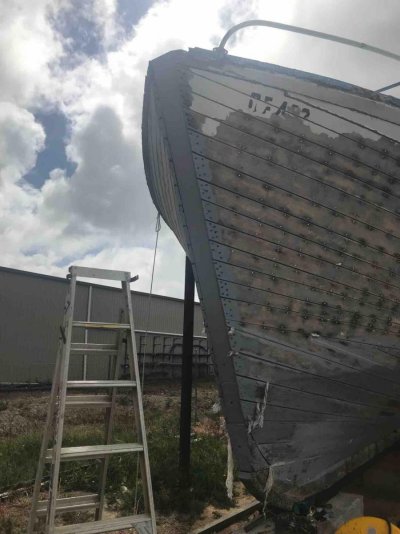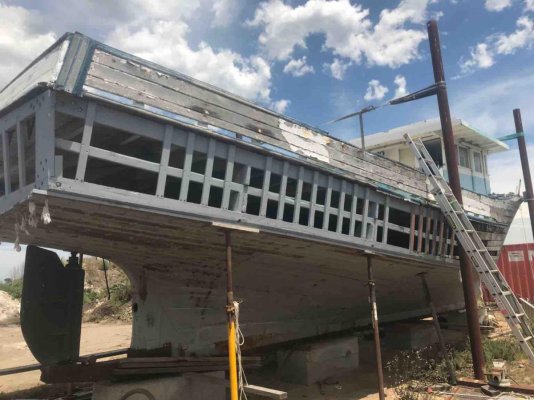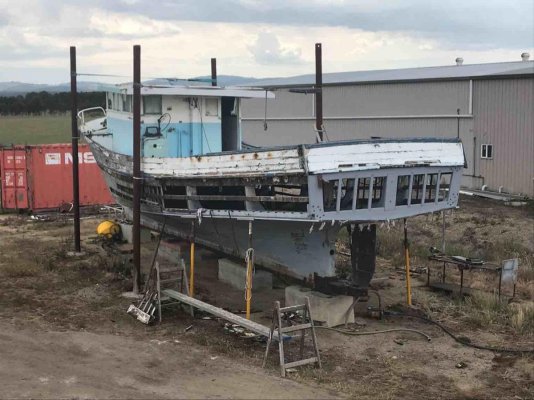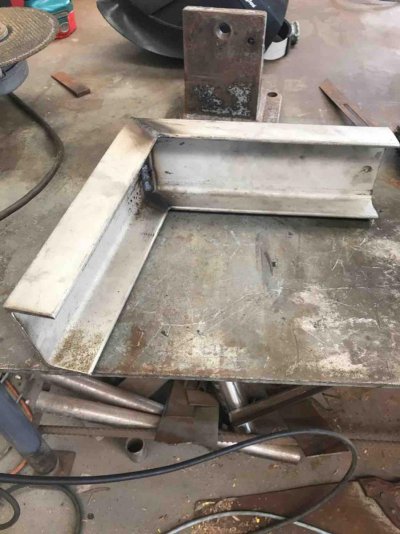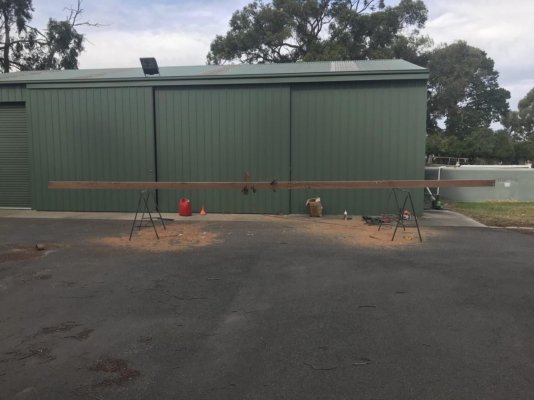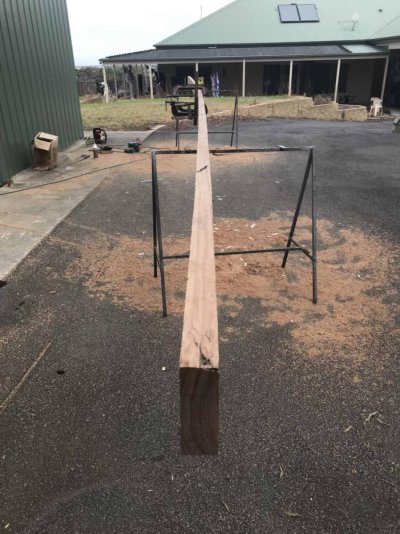I'm sure Benn will have good input, but I'll throw in my 2 cents anyway.
I replaced my tanks. The old ones were 5/32" steel with fairly minimal original coating, made in 1981 but they lasted 30 years. They rusted from the outside, due to poor engine room vent design that allowed rain entry. From there, it was only a matter of time...
The points to note are that steel tanks will last a very long time. Add modern coatings, install properly, and they are almost forever.
IMO avoid aluminium. Tricky to install properly to avoid poultice corrosion. Similarly, SS does not hold up well if it gets wet from time to time and has poor oxygen levels where wet eg at mounting points.
Even for steel, best is to mount on nitrile rubbers pads. If you use steel, remove scale (if required, better to use pre-primed steel to begin with) then clean and prime carefully. Use multiple coats of an epoxy paint.
I think welding in threaded sockets for tank fittings is the way to go. I had some 10" inspection ports fitted, but the kits were $200 each and I'm not sure that I would bother doing that again. I needed one for each baffled compartment, so it added up! Pic is painted tank showing inspection ports, and welded in fitting for drain, sight gauges etc. This tank has a full division, and is really two tanks - rear is day tank of 385 l capacity. I have draw points from the top - pickup tube to within a few mm of the bottom for my fuel polisher, and 10mm from bottom for engine supply. A bottom fitting, with t-piece (one outlet for engine, one for drain) would be a simple way to go.

